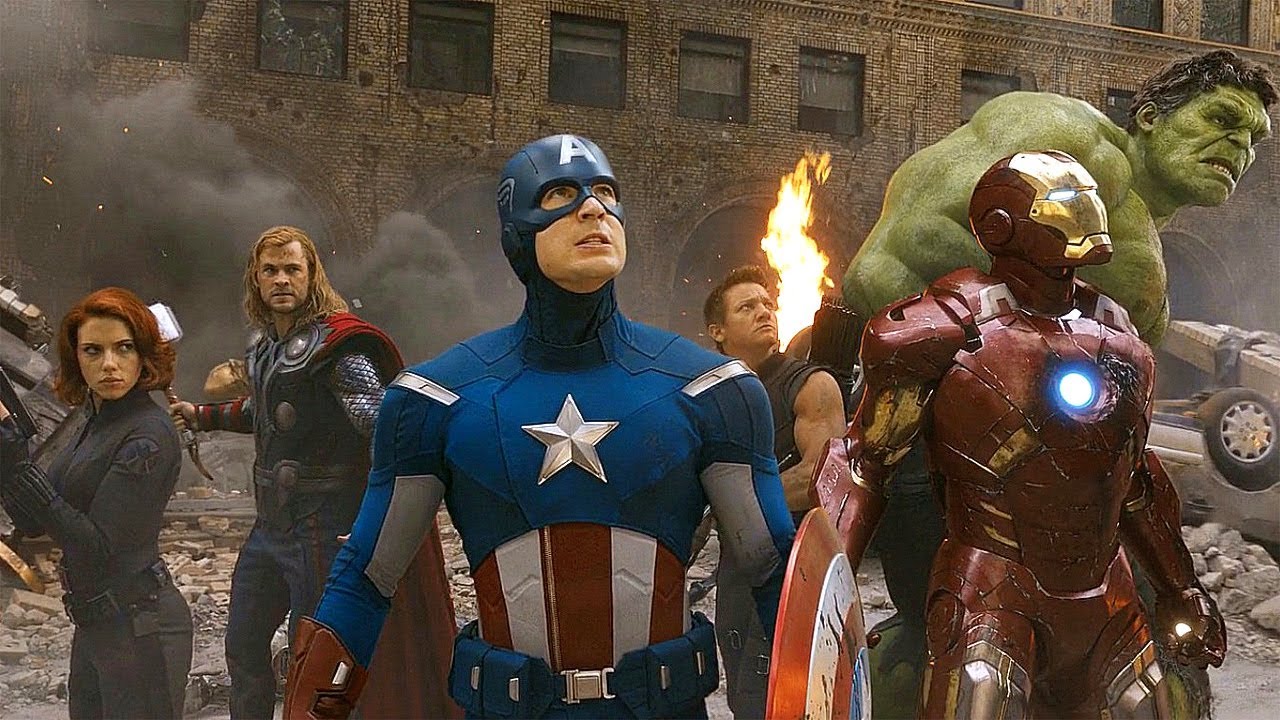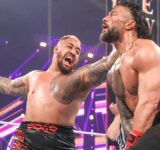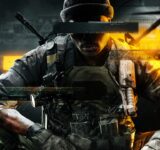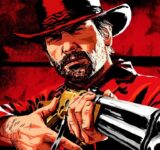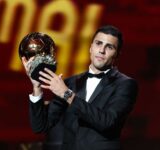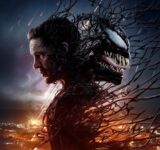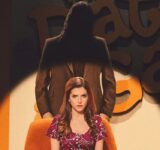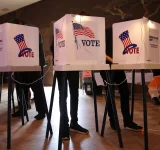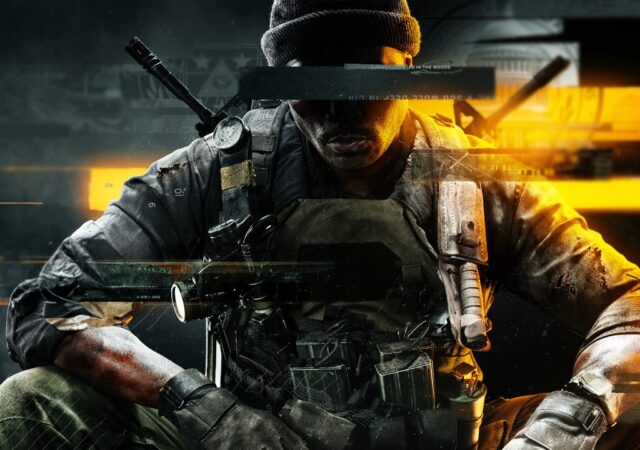The Avengers redefined the movie business. Not just the superhero business, but the industry of making motion pictures as a whole.
It made over 1.5 billion dollars in 154 days of release. In 2012, that’s bigger than everything else. It’s bigger than Avatar earning 2.787 billion dollars in 2009.
How did that come about to begin with? How did go from an ex-addict, Robert Downey Jr., headlining Iron Man in 2008 to the iconic shot of the first team of Avengers in 2012?
Phase One Sets the Stage
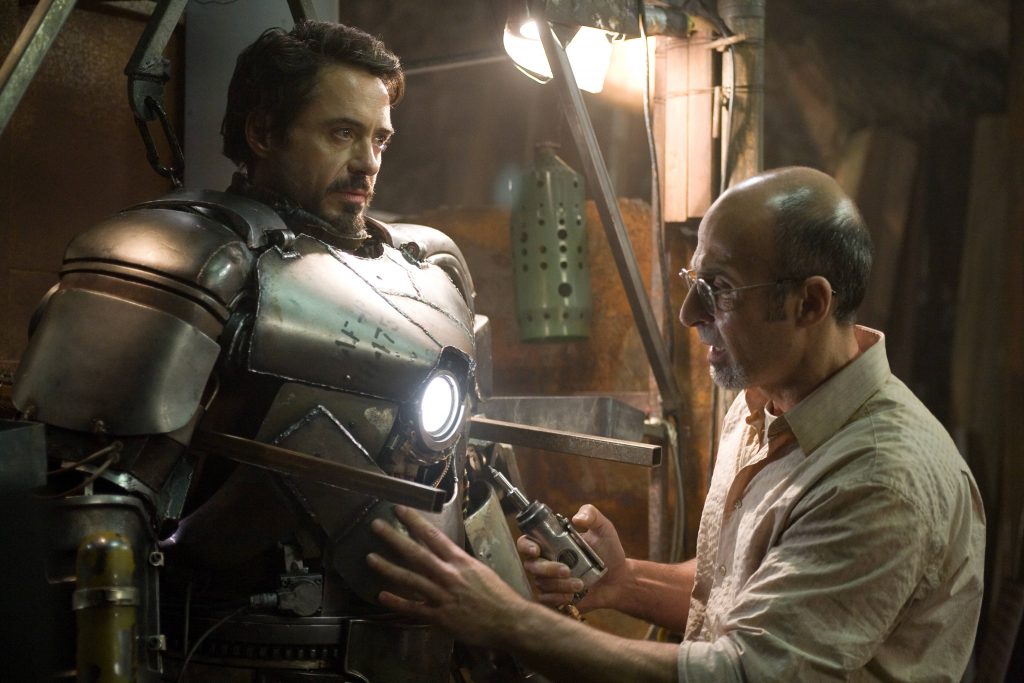
It started with Jon Favreau. Together with RDJ, he worked with Kevin Feige to lay the foundations of the Marvel Cinematic Universe. Looking back the film today, the only thing that really stands out is RDJ’s casting as Tony Stark. Of course, there’s the sheer joy of seeing Iron Man come to live, done with an excellent combination of computer and physical effects, but that’s been heavily played out by now.
What connected Iron Man (2008) with the Incredible Hulk was the appearance of Nick Fury (Samuel L Jackson) in the former’s end credits scene.
That lead to the appearance of Tony Stark in the latter’s ends credit scene. Come to think of it, this little crossover probably lead to the birth of the ends credit scene as a trend!
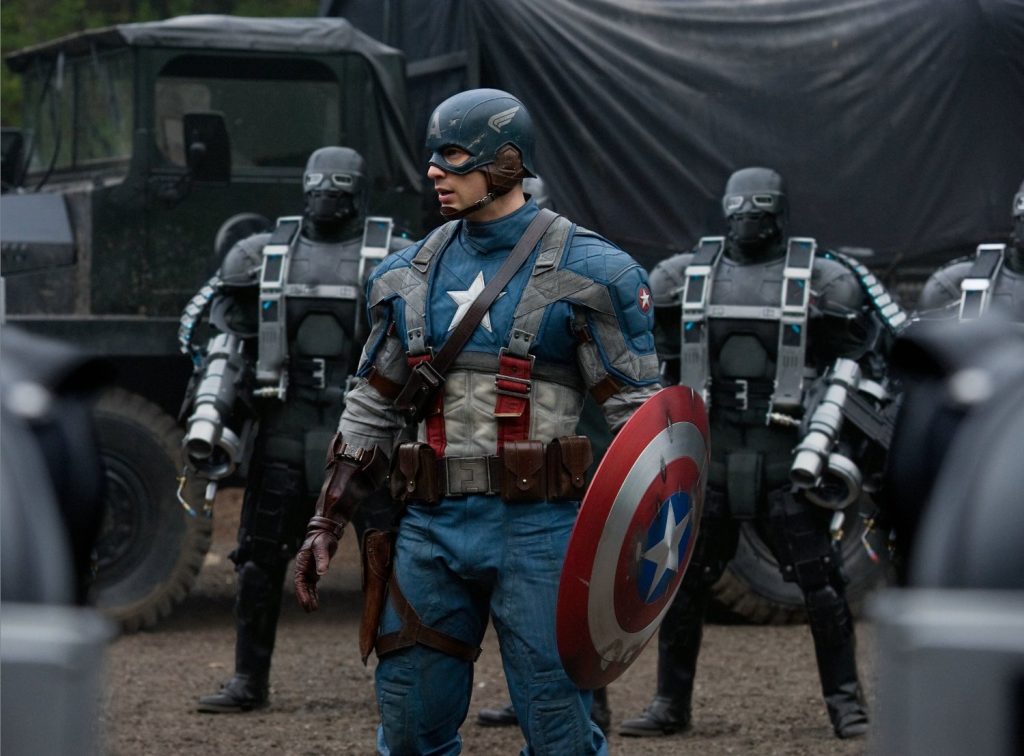
The next couple of movies weren’t necessarily great. Some movies, such as Iron Man 2 (2010) weren’t even good. But Marvel Studios was aiming for a baseline of good to very good films. They worked with directors such a Kenneth Branagh, who directed Thor (2011) and Joe Johnston, who directed Captain America: the First Avenger (2011). These weren’t directors who were contending to be the Quentin Tarantinos of their generation. They were dependable hands who could work with Feige and others to achieve a shared common objective.
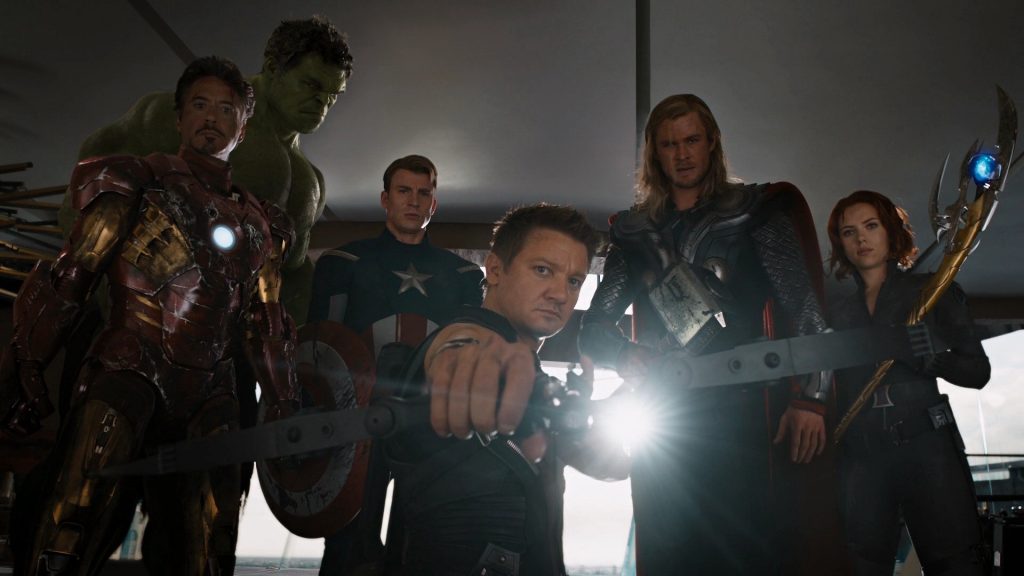
Joss Whedon’s unique voice is what gave Marvel Universe a real flair for the first time. Of course, he hadn’t directed anything close to as big as The Avengers (2012) before, but that didn’t really matter. Whedon wrote a fairly popular run on X-Men (Astonishing X-Men in 2006), so Marvel knew that they could work with him. Plus, he had a good track record of doing good adaptations of existing properties (Buffy the Vampire Slayer was originally a movie in 1992.)
Joss Whedon changed the world, for better or for worse. He successfully managed to balance the character dynamics, making it possible for all six heroes to feel like living breathing characters interacting with each other.
Of course, Hawkeye got the short end of the stick, but the camaraderie between Stark, Banner and Rogers more than made up for it. Thor worked refreshingly well for being a Shakesperean god of thunder, and Johannson’s Black Widow fit well with Fury and the rest of the cast. Tom Hiddleston’s Loki provided the final piece of the puzzle; thus, history was made.
Of course, by today’s standards the original Avengers is dated and flawed. Captain America wasn’t handled nearly as well as he was by the Russo brothers in his own trilogy. Whedon’s comedic touch soon spread to other films, and thus the MCU earned a reputation for being light hearted. This sparked the opposing stance by the DCEU which soon gained a reputation for being too serious.
Phase Two Ups the Ante
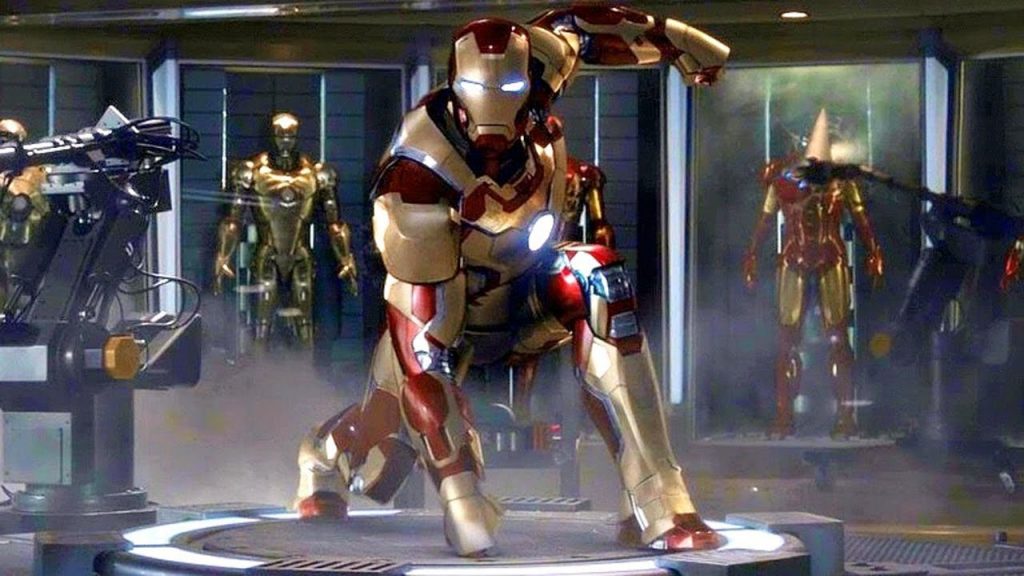
Marvel’s Phase Two was a step in the right direction, but there were still plenty of misteps along the way. Thor was still not entirely convincing, a problem that persisted in his dismal second film, Thor: the Dark World. Although Iron Man’s character was always solid, his third film, Iron Man 3 (2013) was slagged by fans for its portrayal of the Mandarin. Ant-Man (2015) was a solid and entertaining film, but perhaps its original director, Edgar Wright, had something more spectacular in mind.

What Marvel did get right were its portrayal and handling of Captain America, who rapidly morphed into a highly capable super soldier in Captain America: the Winter Soldier (2014). Here, Steve Rogers was plagued by modern issues that clashed with his timeless sensibilities. Later on, the addition of James Gunn’s Guardians of the Galaxy (2014) added more color and diversity to the expanding world, opening the gates for the likes of Doctor Strange and Black Panther later down the road.
Unfortunately, the culmination of Phase Two was more of a whimper instead of a bang. Although Avengers: Age of Ultron (2015) had solid action and robust humor, viewers could keenly feel that the film could have been so much more. Age of Ultron had good story beats, but a significant portion of its screentime was also devoted to advancing the plot for Phase Three. At the end of the day, it wasn’t the best that the MCU could have been.
Things Click Together in Phase Three
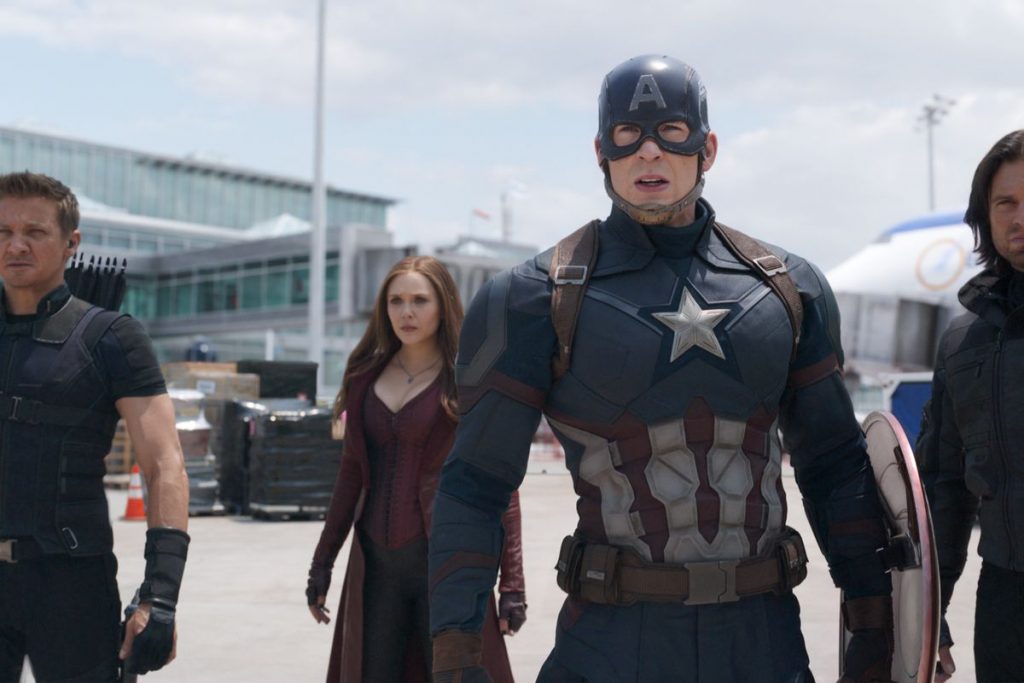
That soon came to be with Phase 3. By now, Feige and co knew what worked for Marvel and what didn’t. Like a well oiled machine, Marvel churned out one hit after the other. In a surprising turn of events, Captain America: Civil War (2016) came out as the clear winner in the clash with DC’s Batman v Superman.
The story, adapted from the original Civil War storyline in comics, was well balanced and provided legitimate points for both Steve Rogers and Tony Stark, fleshing out a conflict that was waged between friends and colleagues. The film introduced the fan favorite Spider-Man (played by Tom Holland) to the MCU and featured returning mainstays and blackhorses alike, from Tony Stark to Bucky Barnes.
I personally consider Civil War as the most complete film in the MCU yet. Although Infinity War outdoes Civil War in terms of spectacle, Civil War tells a complete story from start to end.
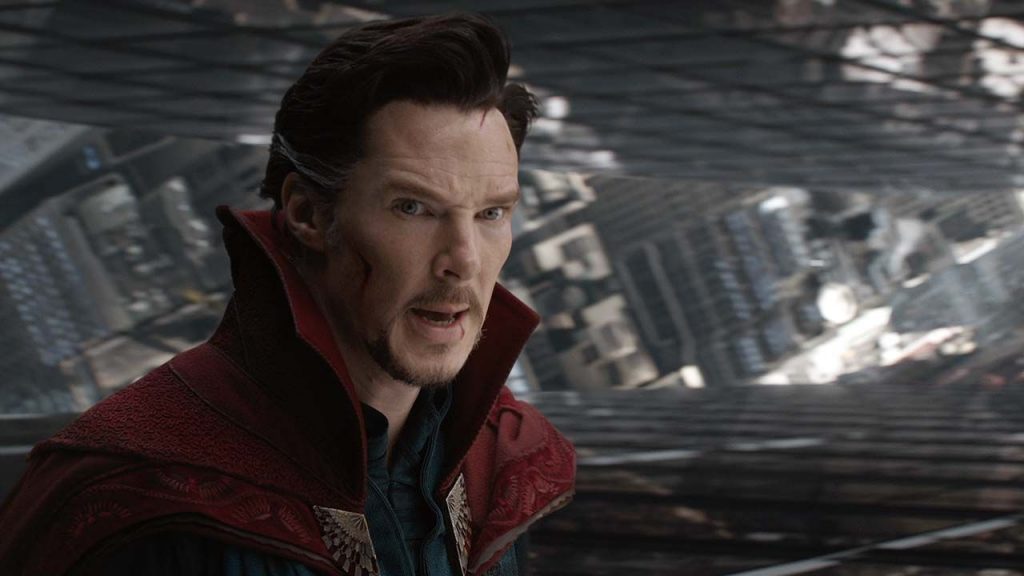
Doctor Strange (2016) was a good origin movie that also introduced a new dimension to Marvel’s world. Although there was some controversy over recasting the Ancient One with a woman, Tilda Swinton silenced critics with her solid performance. Cumberbatch also proved himself well suited to the role, channeling equal parts Tony Stark and Dr. House to make Stephen Strange come alive on the big screen.
Guardians of the Galaxy Vol. 2 (2017) was a solid sequel, exploring the cast’s abilities and dynamics with a cool, new story. Peter Quill met with his biological father, Ego the Living Planet, while Gamora came to terms with the nature of her sibling rivalry with Nebula. Supported by another great soundtrack, GOTG Vol 2 felt like a refreshing mix of familiar narrative elements.
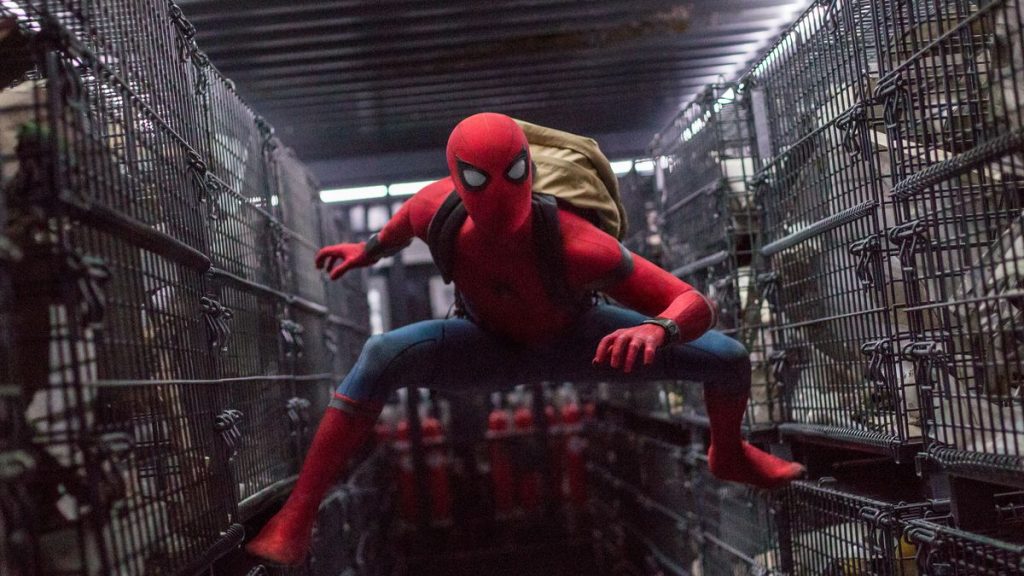
Spider-Man: Homecoming (2017) was a very different Spider-man film compared to the stuff we are used to seeing. The first collaboration with Sony Pictures featured a Peter Parker who was, for once, a genuine teenager, and not a man pretending to be one ala Toby Maguire and Andrew Garfield.
Holland also worked his butt off to make his mark as the web slinger, effortlessly nailing the moral fibre of Parker, while also emoting when the script needed him to. His evolving dynamic with Tony Stark, and the eventual rivalry with the Vulture (Michael Keaton) formed the narrative backbone of the story. Homecoming worked well as a standalone film; more importantly, it also worked as a feature-length reintroduction to Spider-man as a whole.
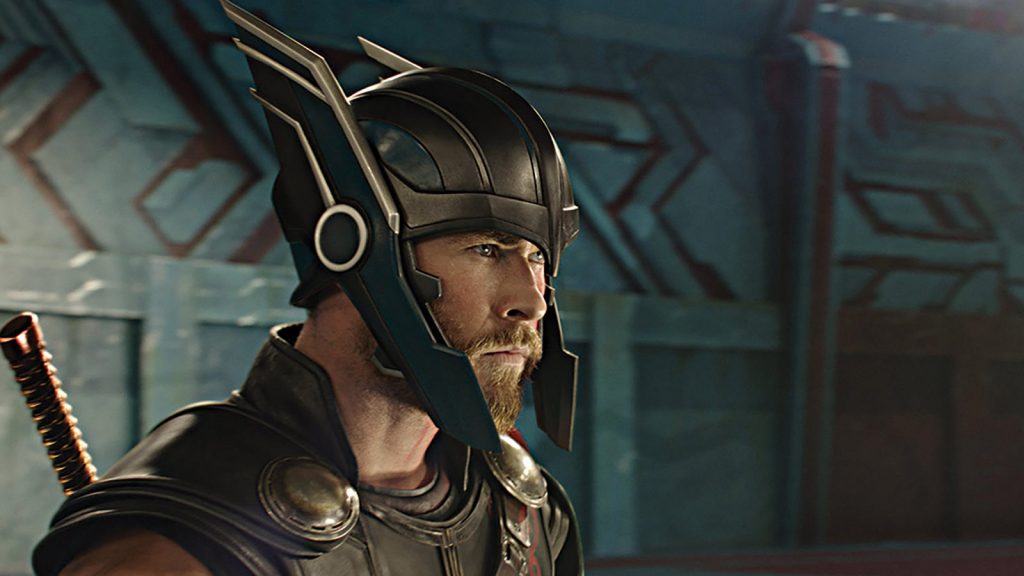
If Homecoming was a great second act in a five hour concert, then Thor: Ragnarok (2017) is the electric third song that gets the audience really going. Directed by Taika Watiti, Ragnarok completely reinvented Thor’s character, working deftly with Chris Hemsworth to present a more humorous, self-aware take on the old thunder god. Thor’s bond with Loki and his ensuing war with Hela was well told. His sojourns in Sakaar provide the narrative foundation for the movie’s comedic roots, where he meets both old and new acquaintances in the form of the Hulk (Mark Ruffalo) and Valkyrie (Tessa Thompson).
If Civil War is the best representation of what the MCU is, then Ragnarok is the best representation of how delightful the MCU can be.
It’s a good film in itself that’s fine for repeat viewings. The fantastic color palette is just a fine bow on top of an already amazing film.
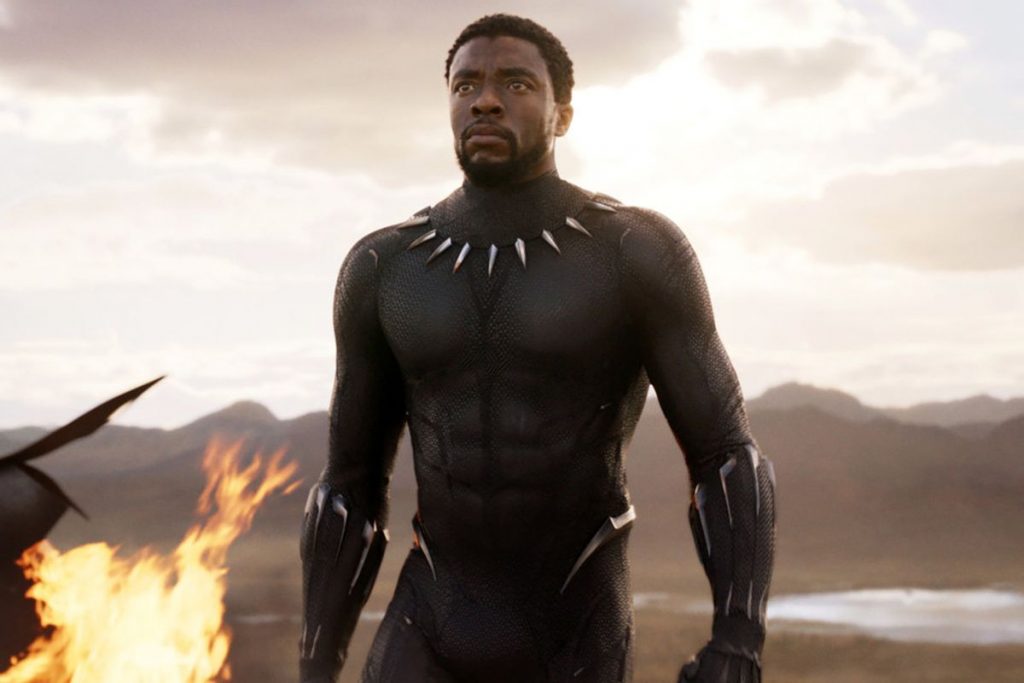
In Phase Three, the hits just kept on coming. Ryan Coogler’s Black Panther (2018) was a well-realized ‘message’ film, that introduced great lore into the MCU and also told a good story. Although I doubt that it warrants a best picture oscar win, Black Panther still works because of the solid story, brought to life experty by a stacked cast that included the likes of Chadwick Boseman, Michael B. Jordan, Lupita Nyongo and Danai Gurira.
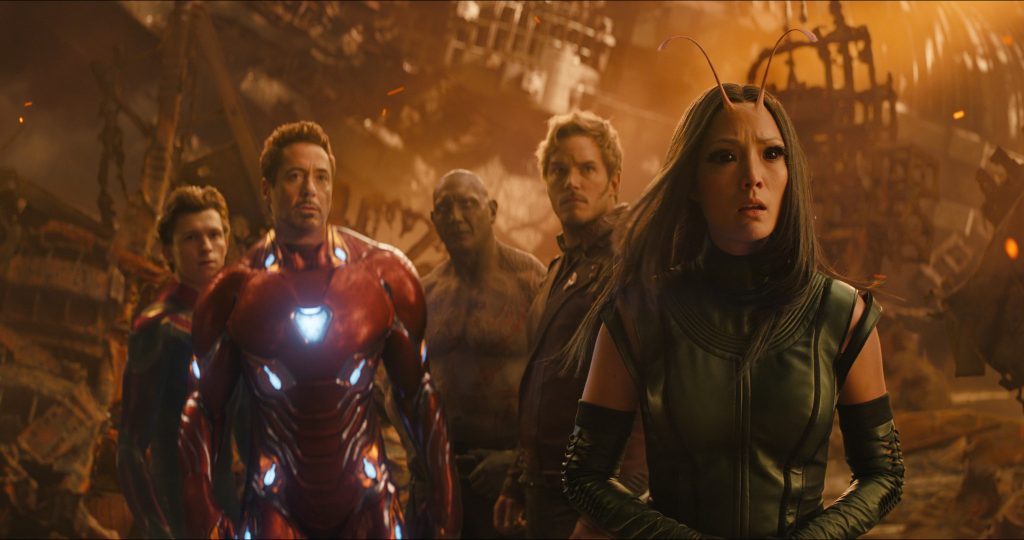
Phase Three concluded with the thunderous entry of Avengers: Infinity War. Seeing this film in theaters was akin to a religious experience. I have seen it three times from start to finish. Thanos’ snap at the end never fails to startle me; it’s the kind of event you never thought Marvel would have the stones to do. For the first time in ten years, it felt like Marvel had finally brought to screen the sheer disbelief you feel when you read their event comics.
When you compare Infinity War’s story to some of the best comic events, such as Secret Wars, Annihilation, the Thanos Imperative or Infinity, you see that it can go toe to toe with most of them. If that isn’t great storytelling, then I want to see what that actually is.
Ant-Man and the Wasp (2018) is almost a palate cleanser compared to Infinity War, and that’s a good thing. It’s a self-contained adventure that uses its cast well to tell a small and contained story. Of course, other than the final few minutes the film feels barely consequential. But I suppose we can allow one light film after the one-two punch of Black Panther and Infinity War.
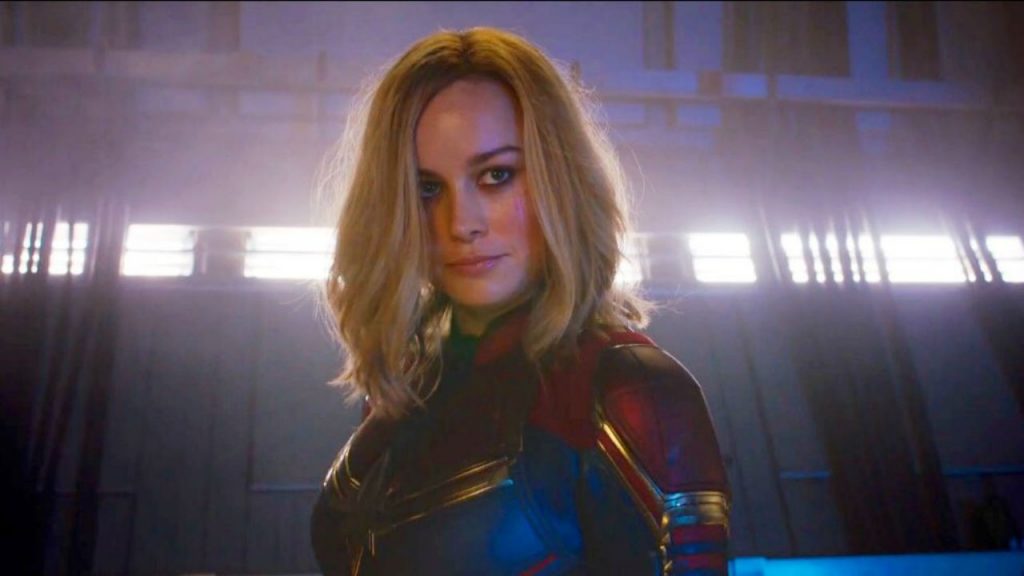
What awaits MCU goodness can we expect to see this year? I don’t really know. Captain Marvel recently debuted to middling reviews, and rightfully so. The film felt like a throwback to Phase One, and thus it seems like a film that’s almost ten years too late. DC beat Marvel by launching its first female led film, Wonder Woman (2017) a full two years earlier. Captain Marvel is a dated story, both literally and figuratively, and it shows.
Is MCU the Pinnacle of Superhero Storytelling?
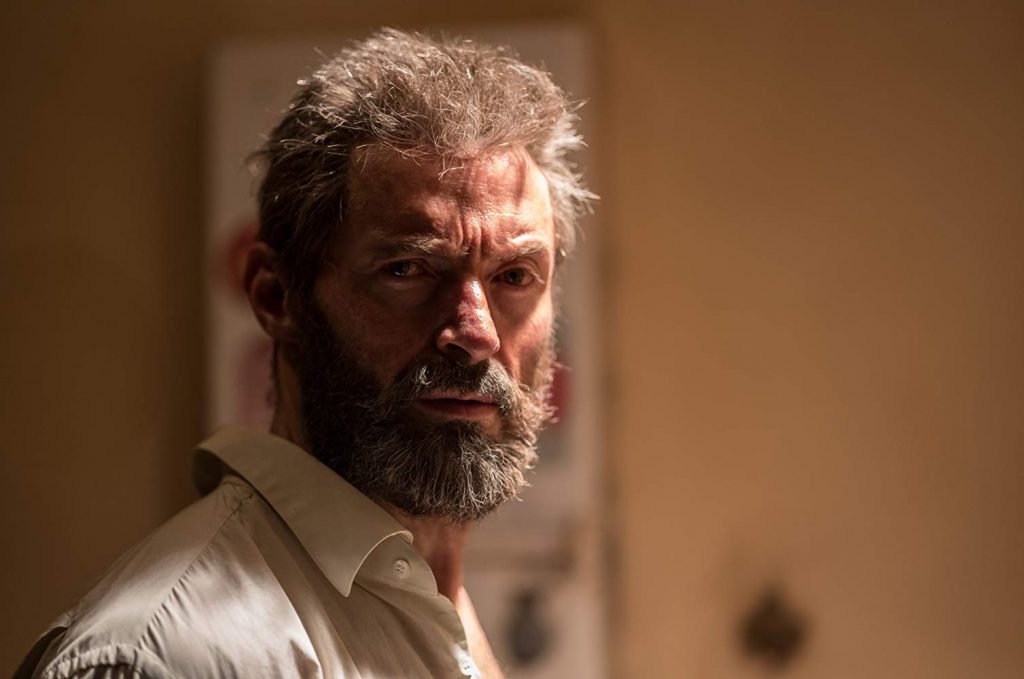
Is the MCU the best there is, and the best there ever will be? That’s harder to answer. I personally feel that it hasn’t yet created a film that can stand on equal ground with something like the Dark Knight (2008). One critic summed it up perfectly when he compared the MCU with the BIg Mac. It tastes the same wherever you go. A Big Mac is always satisfying, but perhaps it never reach the level reserved for truly great food.
The closest that recent superhero movies have come to dethroning the Dark Knight is James Mangold’s magnum opus efforts with Logan (2017).
I remember watching Professor X die in theaters, holding my tears back. The only sounds I could hear were the quiet sobs breaking through the somber atmosphere.
Patrick H Willems compared the MCU’s best efforts to Sam Raimi’s Spider-man 2. I believe that, perhaps, the MCU will never reach those lofty levels of filmmaking. But then again, it doesn’t need to.
There’s a place in the world for all kinds of burgers. You can enjoy McDonalds and Burger King, and love Takeout and Chillox at the same time. That’s not a cardinal sin, and it would be wrong for us to treat it so.
Similarly, I believe that I can enjoy DC’s Shazam and Avengers: Endgame at the same time. There’s enough room to go around for every type of superhero movie. They don’t call this the Golden Age of Superhero films for nothing.

